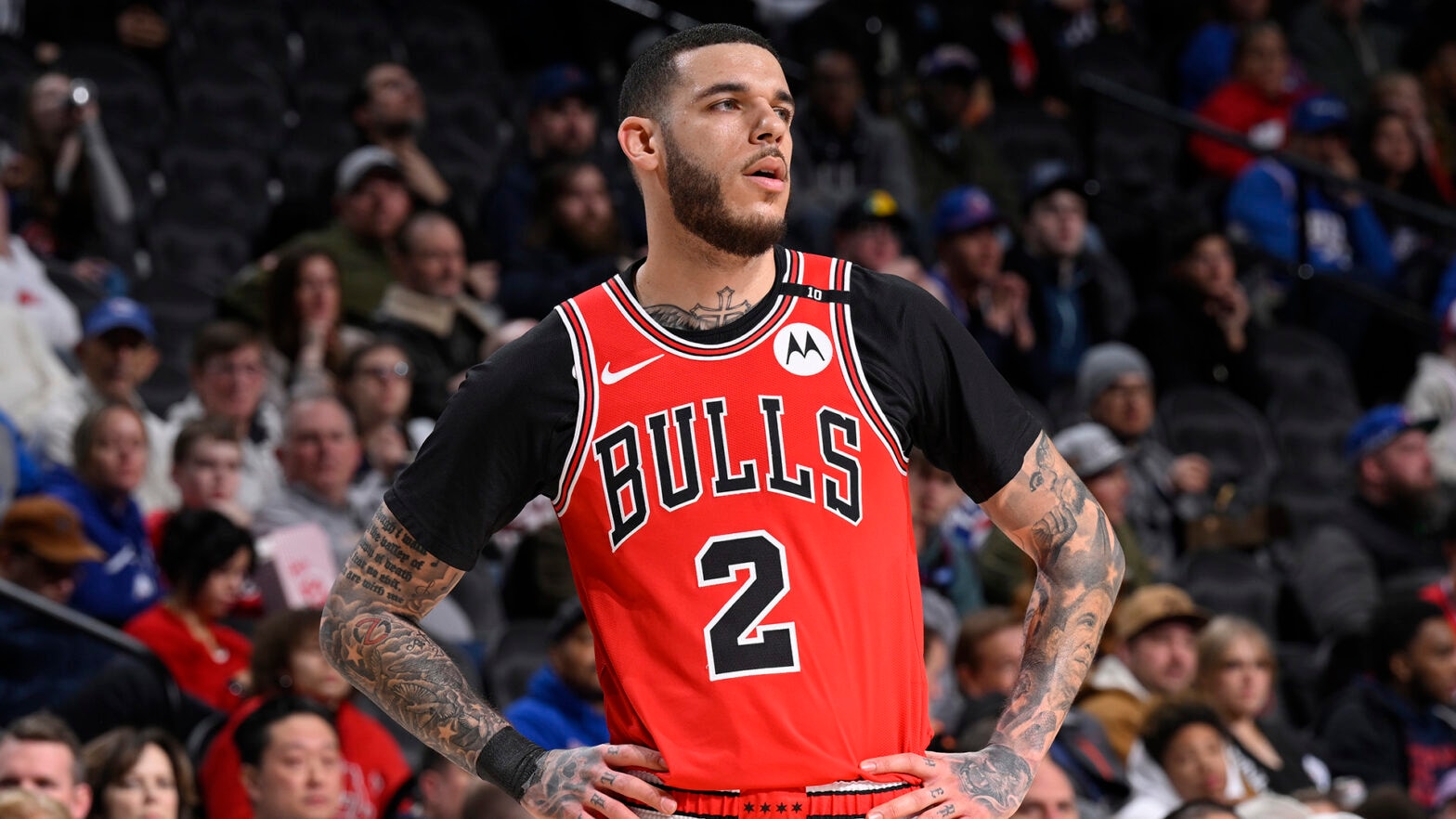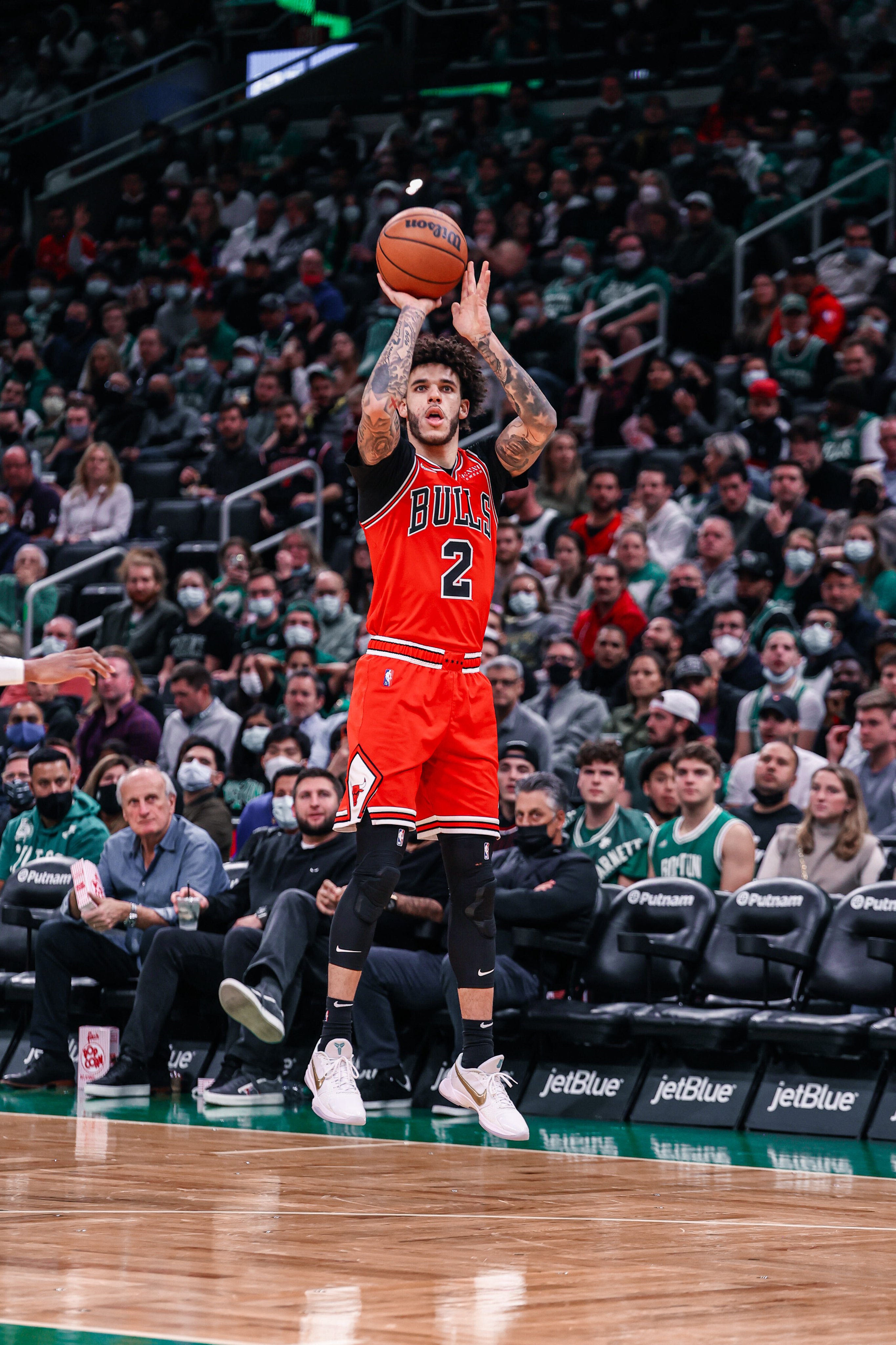The NBA offseason is a period of strategic maneuvers, and few moves grab headlines quite like a significant player trade. On Saturday, June 28, 2025, the basketball world witnessed one such impactful exchange: the Cleveland Cavaliers acquired point guard Lonzo Ball from the Chicago Bulls in a straight-up deal for wing Isaac Okoro. This transaction, initially reported by ESPN’s Shams Charania, immediately reshaped the outlook for two Eastern Conference teams with vastly different immediate goals.
For the Cleveland Cavaliers, a team coming off an impressive 64-18 season but a disappointing playoff exit, this trade represents a calculated gamble to bolster their championship aspirations. The immediate reports framed this as a high-stakes move for Cleveland, implicitly suggesting a narrative of a team pushing its chips forward. This framing is crucial for a US sports audience that thrives on clear winners and losers in such transactions, setting the stage for a deeper examination of the motivations behind the deal.
Cleveland’s Calculated Gamble: Lonzo Ball’s Arrival
The Cleveland Cavaliers, an Eastern Conference powerhouse with a 64-18 record last season, entered the offseason determined to address their playoff shortcomings. Their swift move to acquire Lonzo Ball signals a clear “win-now” mentality, despite the inherent risks associated with Ball’s extensive injury history.
Lonzo Ball, a 27-year-old former No. 2 overall pick, arrives in Cleveland after a tumultuous tenure in Chicago marred by persistent knee injuries. His medical journey has included multiple surgeries and a rare cartilage transplant procedure, which sidelined him for two full seasons (2022-23, 2023-24). He returned to play 35 games last season, averaging 7.6 points, 3.4 rebounds, and 3.3 assists in 22 minutes per night, with a wrist injury cutting his term short. Despite these significant health concerns, Ball’s on-court value remains high. He is widely praised as a smart facilitator capable of running an offense, a solid defender, and a player whose 3-point shooting has significantly improved, hitting 36.6% last season.
His fit with the Cavaliers is widely considered ideal, assuming he can maintain his health. Ball provides crucial backcourt depth behind All-Star Darius Garland and possesses the playmaking and perimeter defense skills to play effectively alongside Donovan Mitchell. The Cavaliers, who ranked 28th in passes per game last season, are expected to benefit significantly from Ball’s transition brilliance and ability to connect plays, adding a new dimension to their offense. This acquisition also addresses the uncertain future of free agent Ty Jerome, who provided similar bench production last season.
The immediate consensus among analysts is that Cleveland “aced” the deal, viewing it as a “major win” and a “low-risk, high-reward” move. The primary caveat, consistently highlighted, remains Ball’s ability to stay healthy and contribute consistently, especially given his limited minutes and avoidance of back-to-backs last season. Moving Isaac Okoro made strategic sense for the Cavaliers, given their existing strength in the frontcourt and Okoro’s diminished role and offensive inconsistencies. His offensive limitations, particularly in high-stakes playoff games, were seen as an impediment to spacing.
The Cavaliers’ decision to acquire an injury-prone player might appear reckless at first glance, especially for a team with a championship window that is already deep in luxury tax territory. However, the contract structure, specifically the team option for the 2026-27 season, and the minor salary savings underscore a deliberate financial and strategic play. Cleveland is banking on Ball’s bounce-back, prioritizing his on-court fit for specific needs like playmaking, defense, and transition offense, even if it means accepting a health risk. This approach highlights the intense pressure on contending teams to find value in imperfect situations, pushing financial boundaries to optimize for a championship.
Furthermore, while Ball is seen as an ideal backup point guard, some reports suggest his acquisition could provide flexibility for a more significant roster shake-up, potentially allowing the Cavaliers to trade Darius Garland. This speculation arises from ongoing skepticism about the long-term viability of an “undersized backcourt” featuring both Garland and Mitchell, and the team’s need for a high-level small forward. If Cleveland were to pursue such a move, Ball’s presence would ensure adequate backcourt depth. This adds a layer of intrigue to Cleveland’s offseason, suggesting that even a 64-win team is not static and is willing to make bold changes to optimize for a championship, even if it means moving a core piece.
Chicago’s Rebuild Continues: Isaac Okoro’s Opportunity
For the Chicago Bulls, the trade of Lonzo Ball for Isaac Okoro marks another chapter in what has been a puzzling and often criticized team-building strategy. After years of being “stuck in the middle,” the Bulls appear to be embracing a rebuild, but their asset management continues to draw scrutiny.
Isaac Okoro, a 24-year-old wing, was the No. 5 overall pick in the 2020 NBA Draft. He is primarily known as a quality wing defender. However, his offensive development has been inconsistent, and his role in Cleveland diminished significantly, particularly under new coach Kenny Atkinson. Last season, he averaged a career-low 6.1 points in less than 20 minutes per game and struggled to stay on the court even when other Cavaliers guards were injured. For Chicago, Okoro is described as fitting the mold of “young players (24) with experience” that the team is trying to bring in.
This trade is a direct one-for-one swap, notably lacking any draft picks or other compensation. This mirrors their previous Alex Caruso-Josh Giddey trade from the previous summer. The Bulls’ front office, led by Arturas Karnisovas and Marc Eversley, has faced widespread “torching” and “criticism by many” for this move. Critics argue that Chicago could have secured a first-round pick for Lonzo Ball at the trade deadline, making this return seem limited.
Cleveland Cavaliers: Navigating the Luxury Tax
Prior to the trade, the Cavaliers were already approximately $8.9 million over the “dreaded second apron”. Their total cap allocations for 2025-26 are projected at $242.48 million, placing them 6th highest in the league and significantly over both the first and second apron maximums. By trading Okoro ($11 million) for Ball ($10 million), Cleveland saves approximately $1 million in salary for the upcoming season. More significantly, Ball’s 2026-27 salary is a team option, offering crucial flexibility, whereas Okoro’s $11.8 million for that season was guaranteed.
Chicago Bulls: Financial Flexibility and Rebuild (or Lack Thereof)
Financially, this trade “hard caps the Bulls at the first apron,” though this is described as “more of a technicality than a concern,” as Chicago is well under that cap number with roster spots to fill. The Bulls’ active roster cap for 2025-26 is $134.84 million, ranking 28th in the league, theoretically giving them significant flexibility to increase their payroll. However, the trade means the Bulls took on a less favorable contract that offers less flexibility come the summer of 2026.
The Cavaliers are clearly prioritizing on-court fit and championship contention, even while being deep into luxury tax territory. The modest salary saving and future flexibility with Ball’s contract are secondary benefits to acquiring a player who fits their system. Conversely, the Bulls’ significant financial flexibility is not translating into aggressive moves for high-value assets like draft picks, suggesting a disconnect between their financial position and their strategic ambition. This trade exemplifies the different pressures NBA teams face: contenders are willing to push financial boundaries for on-court improvement, while rebuilding teams, even with cap space, may struggle to convert that into meaningful assets or a clear path forward if their asset management is flawed.

Fan Sentiment and League-Wide Ramifications
The Lonzo Ball-Isaac Okoro trade, like any significant NBA move, sparked immediate reactions across social media and sports commentary, reflecting common themes in fan sentiment and offering a glimpse into the broader league landscape.
Lonzo Ball’s health remains the paramount concern and discussion point for the Cavaliers and their fanbase. While analysts praise the “low-risk, high-reward” nature of the acquisition, the underlying question for fans is consistently, “can he stay healthy?”. His return for 35 games last season after two full seasons missed due to knee surgeries serves as a double-edged sword: it is proof of his ability to return, but also a stark reminder of his career’s fragility.
Conversely, the Chicago Bulls’ management faced widespread “torching” and “criticism by many”. The lack of draft capital in a one-for-one swap, especially compared to Ball’s reported trade deadline value, fueled outrage among fans and media. Comparisons to the Alex Caruso-Josh Giddey trade were frequent, with observers lamenting a perceived pattern of poor asset management.
The Bulls’ trade for Okoro, a young player, without acquiring additional draft picks, touches on the ongoing “tanking” debate in the NBA. Fans are frustrated with the Bulls’ consistent mediocrity, desiring a “full-fledged rebuild”. The trade, lacking future draft assets, does not clearly signal a full commitment to a rebuild, but rather a continuation of their “stuck in the middle” approach.
For more details visit: https://themorningdraft.com/






